Written By Contributor Writer Marie Nesbitt
Body image campaigns have been in full force recently, encouraging women, to love the skin they’re in and to not succumb to the pressure to fit in to an idealized perception of beauty. These campaigns also encourage advertisers to cater to the every-day person and move away from using “size zero” models to sell their product. Lane Bryant’s #ImNoAngel and Dove’s #ChooseBeautiful campaigns are exactly what our society needs – REAL women portraying REAL body types.
Beauty is an obsession that modern women cannot get away from. The media has a profound influence on young women’s perception of the ideal body type. We are constantly bombarded with advertisements and images related to the beauty industry – TV commercials, magazine ads, movies, TV shows, etc. Through every medium possible, a standard of beauty is highlighted, unconsciously encouraging us to adhere to that one standard. In most movies and TV shows, it is the tall, skinny, model-esque type woman who is ogled, while the full-figured, not-so-handsome actress is mainly the brunt of jokes and seems to always be the side-kick who never has a love interest. Without explicitly saying, the media is telling us that if we want to find love and happiness, we must look a certain way. However, what we need to remember and what the media needs to promote is that there is no specific “ideal” concept of beauty. We are all different and one standard of beauty does not fit all.
The concept of ‘idealized beauty’ has become an integral part of every woman’s life. If we look back, say 50 years ago, the idea of ‘idealized beauty’ was apparent, but the issues that accompany those ideas were not at the level they are today, because those ideas closely matched what the modern woman looked like. As time progressed, so did society, and the idea of beauty itself. The standard of beauty is set so high today that women are willing to do anything in order to adhere to the ‘idealized’ beauty image, taking drastic measures to fit into those skinny jeans we bought one-size-to-small, just to motivate us to lose weight.
What I love most about Dove and Lane Bryant’s campaigns is that they were once guilty of promoting an ideal body image, but have now rejected those notions to highlight MANY body types, showing more realistic figures for women and promoting many different standards of beauty. They don’t romanticize the notion of what it means to be a woman – they tell it like it is.
Like most girls, I have struggled with my body image and continue to go back in forth with how comfortable I feel in my own skin. I think my obsession with the way I looked began when I was in middle school. As my body began to change, my mind began to change with it. Although I played sports since I was 4 and was always active, I began to feel bad about my appearance and wanted to be different. To most people, I was in shape and fit for my age. But to me, I thought I could be skinnier and more beautiful. I always seemed to focus on some aspect of my appearance and compare myself to other girls, putting myself down for not fitting the idealized concept of “beauty”. Nothing was ever good enough.
Now, at 23, while I haven’t completely moved away from criticizing my appearance, I have grown to be more comfortable. As I have gotten older, I have learned that it is not so much about the way I look, but about the way I feel about how I look. If I exude confidence, I start to feel better about the way I look, even if nothing on the outside has really changed. And that’s what campaigns like #ImNoAngel and #ChooseBeautiful are all about – finding your inner confidence and letting that shine through, rather than trying to fit someone else’s standards.
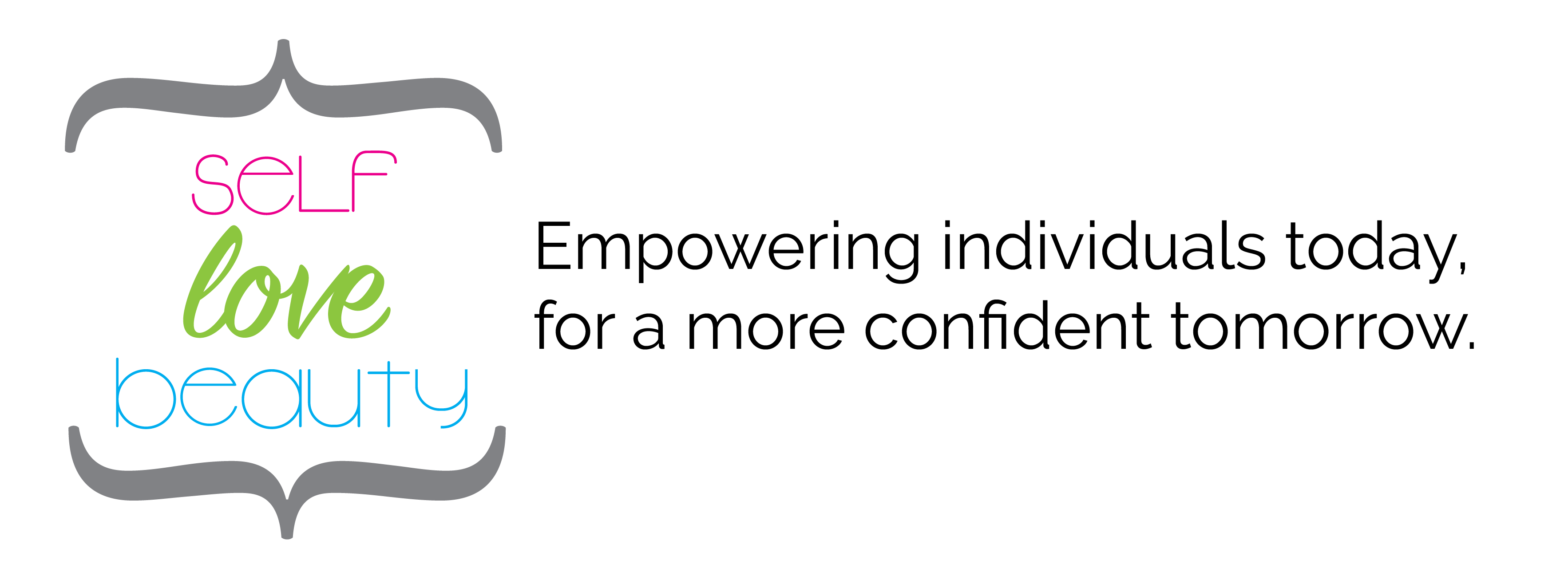
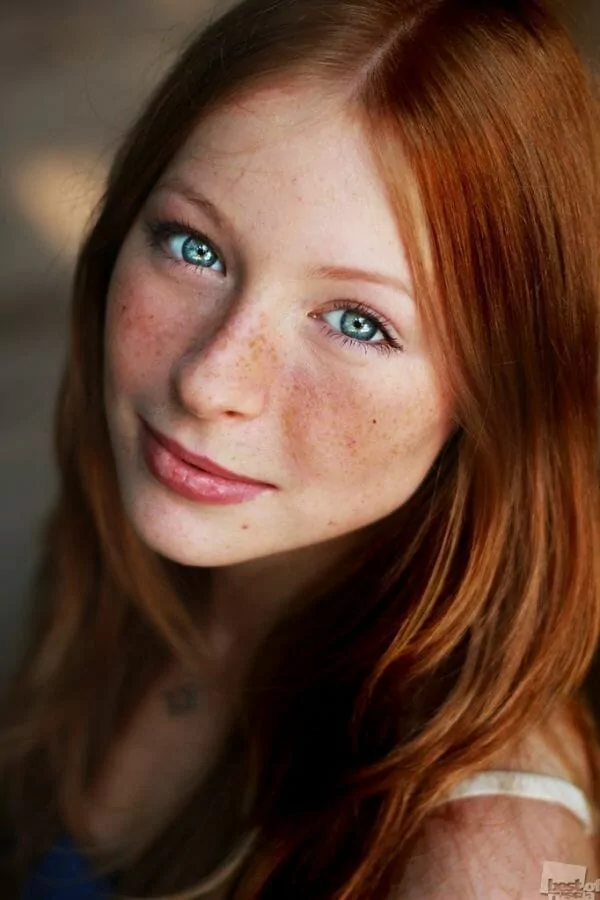
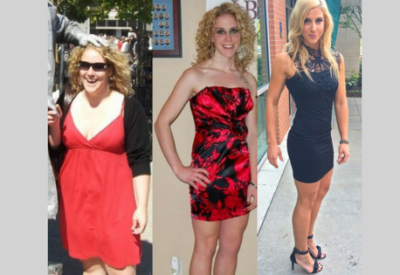

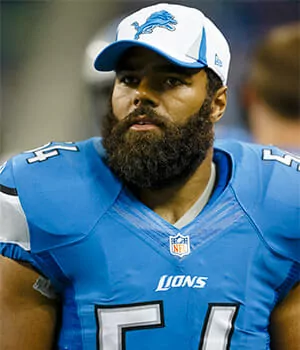
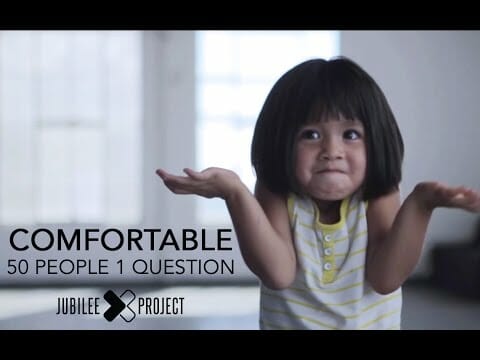
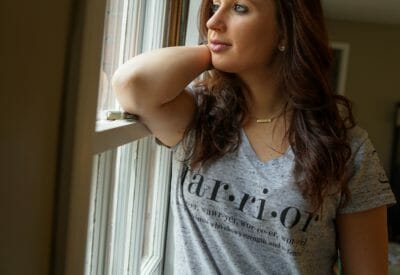
3 Comments “Perceived vs. Reality: The idealized versus social reality of today’s standards of beauty”
Love this! This is another movement you should check out: http://www.skirtcollective.com/how-a-dancing-man-became-the-face-of-a-body-empowerment-movement/
I’m more than happy to uncover this web site. I wanted to thank you
for your time due to this wonderful read!! I definitely loved every part of
it and I have you book-marked to look at new things in your site.
Absolutely wonderful to hear! We appreciate the kind words and that we are a site of choice.
Lisa Thompson, founder
Comments are closed.